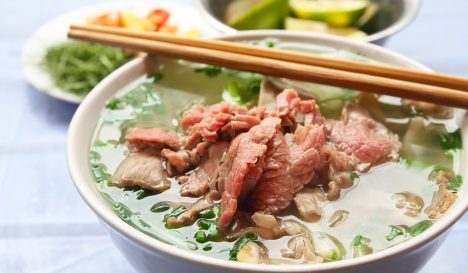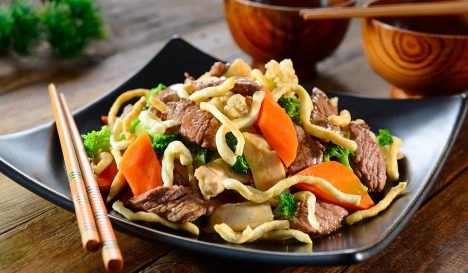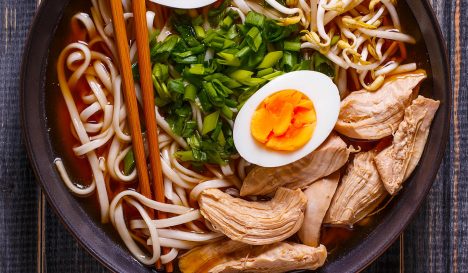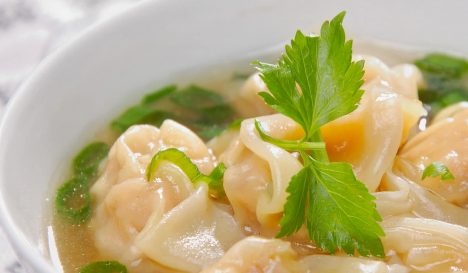Miso soup
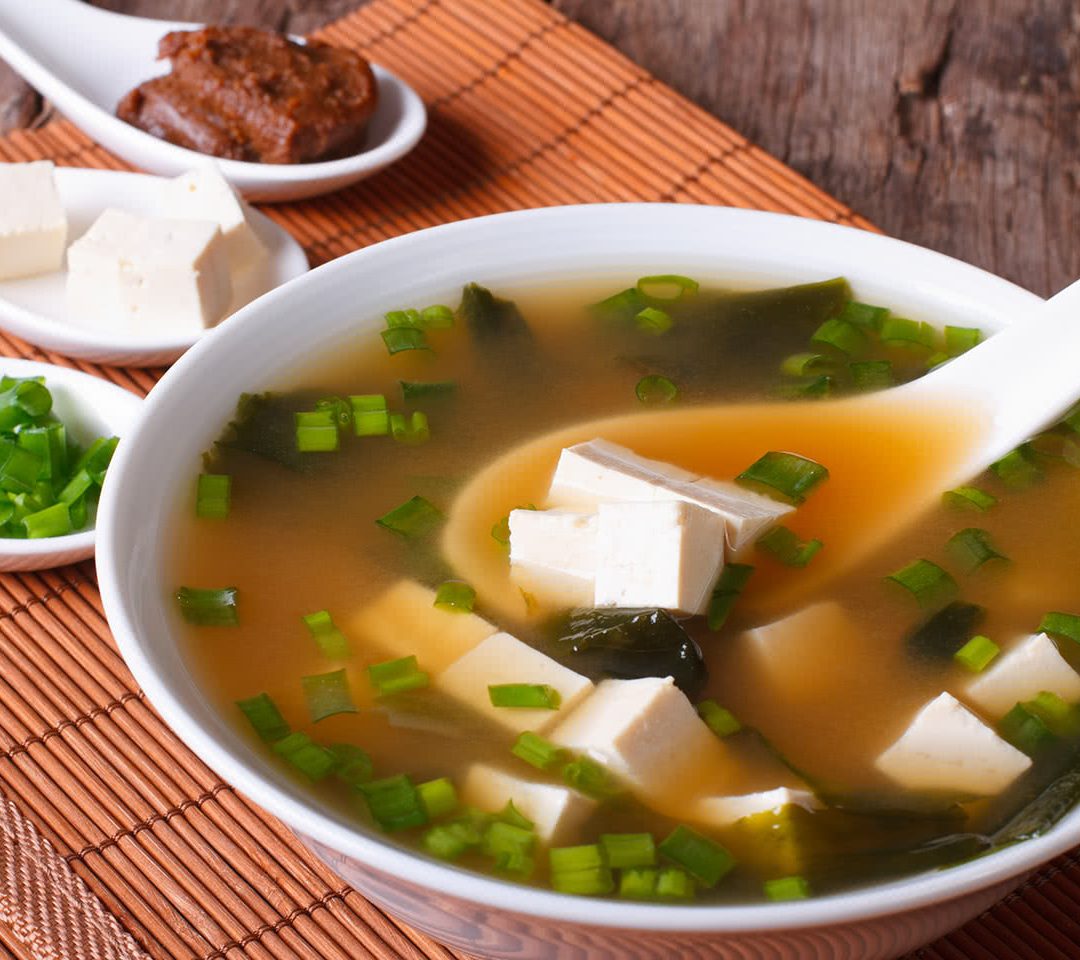
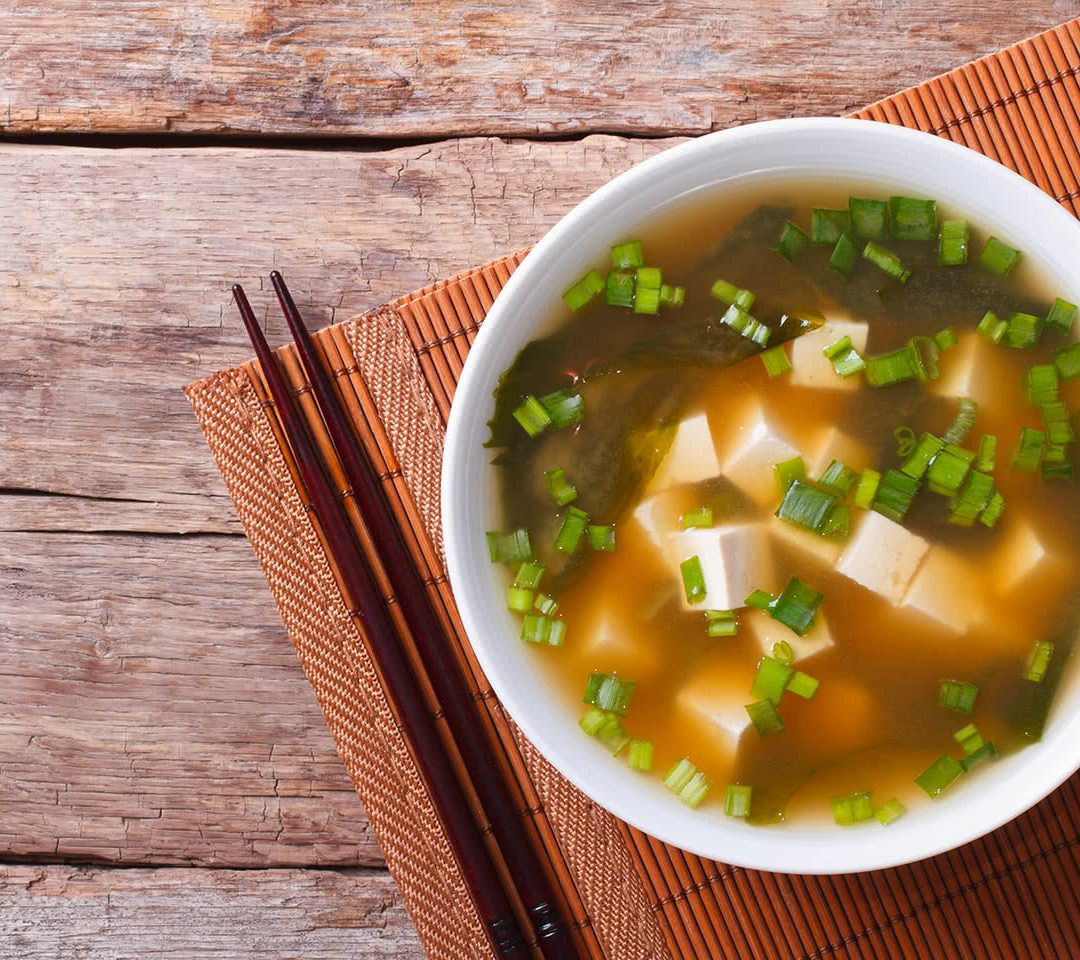
Miso soup
-
Kitchen Japanese cuisine
-
Basis Vegetables
-
Dish type Soup
-
For who Fans of classics
What is miso soup?
Miso soup is a soup made from the traditional Japanese ingredient miso (pronounced ‘mie-SOH’), or fermented soybean paste. The miso is mixed with dashi – a simple broth made from kelp and bonito flakes – to make miso soup or misoshiru.
A simple version of the soup contains miso, dashi, some cubes of tofu and some dried seaweed leaves that rehydrate in the soup; they expand and become soft. The soup is often further supplemented with ingredients such as chopped spring onions, cubes of fish, daikon radishes and/or mushrooms.
Miso, the fermented bean paste, was traditionally made in Japan in small miso shops, where miso masters cooked their soybeans according to unique and secret recipes, purified them, and then fermented them in wooden barrels with koji (a rice starter). Everything was done by hand. These days, there is a lot of competition from miso factories, but miso is always fermented for between six and twelve months.
Did you know that...
Kombu (kelp), the seaweed that gives dashi its typical, savoury umami flavour, is the source of many health myths. A Japanese chemist discovered the substance that gives dashi its delicious taste: glutamate. It was soon produced in powder form and is still an indispensable ingredient in Southeast Asian cuisine and in Western snacks and soups. There are a lot of horror stories going around and most people shudder at the idea of glutamate in their food. Yet many nutritional reports state that glutamate does not cause unhealthy effects or allergic reactions. That’s a good thing, because once you’ve tasted a cup of miso soup, bursting with natural glutamate, you’ll want more!
How to make miso soup
First, make a stock of kombu (kelp), and as soon as the water threatens to boil, add katsuobushi (bonito flakes). After another five minutes simmering, the dashi is ready. Then add some miso paste. When the miso is dissolved, any extra ingredients, such as cubes of soft tofu and rings of leeks or spring onions, are added. The soup is garnished with dried wakame (seaweed).
The Japanese never let their soup boil. This is because the kelp from which the dashi is drawn is thought to become bitter if the water reaches boiling point, although some chefs disagree. Whatever your thoughts on kelp, it’s best to keep miso soup on simmer as it prevents the active enzymes in the miso paste, the result of all that fermentation, from being reduced, thereby diminishing their health benefits.
How to eat
Most Japanese don’t use a spoon when they eat miso soup. They simply lift the bowl to their mouth and use their chopsticks to slide in the cubes of tofu, pieces of fish or other ingredients. But of course, you can use a spoon if you prefer!
Also try
The Vietnamese take their pho as seriously as the Japanese take their miso.
Please consider
Try adding some boiled sobano noodles, or have a portion of yakisoba (fried noodles) on the side, turning miso soup into a complete meal.

